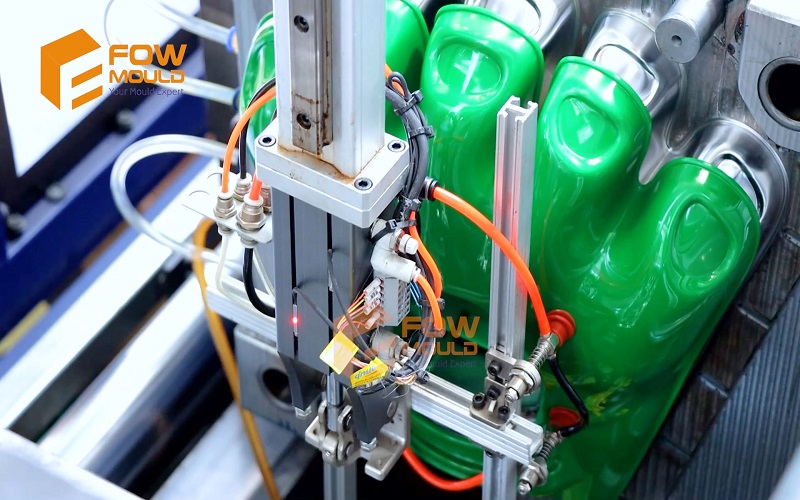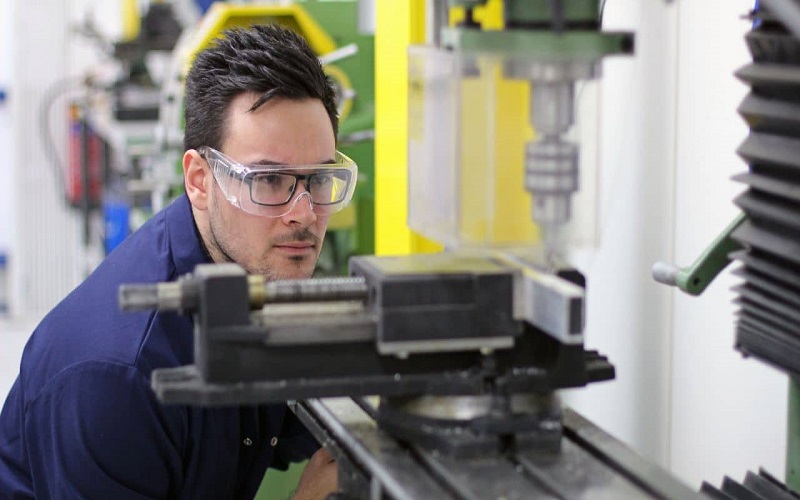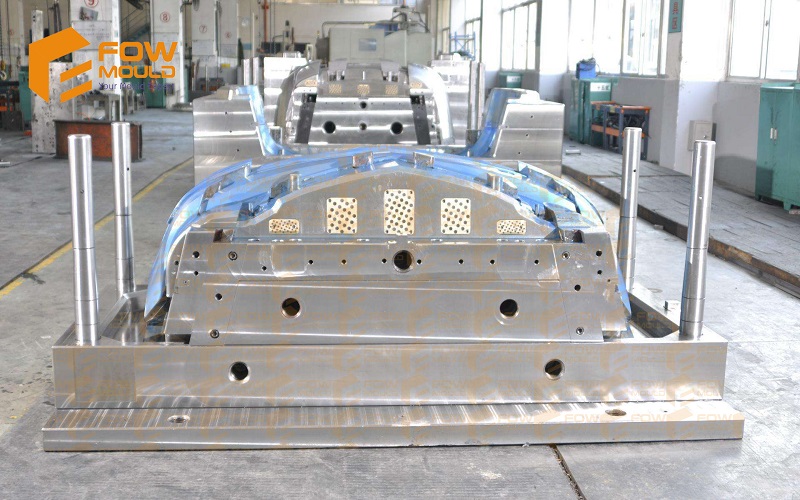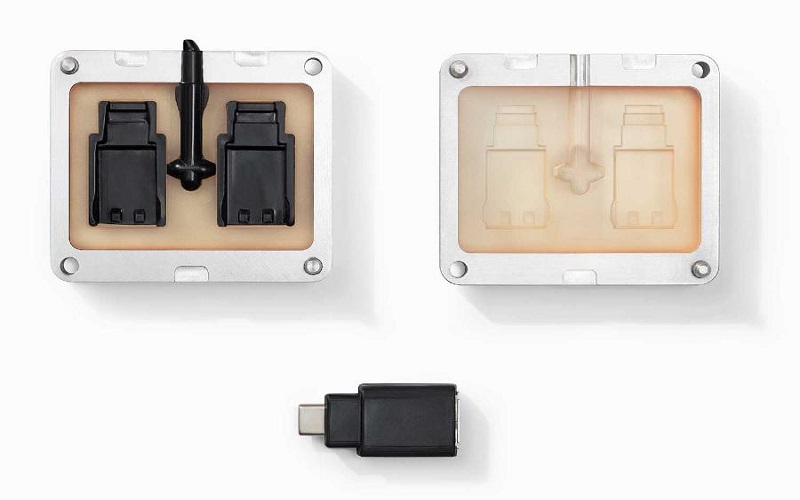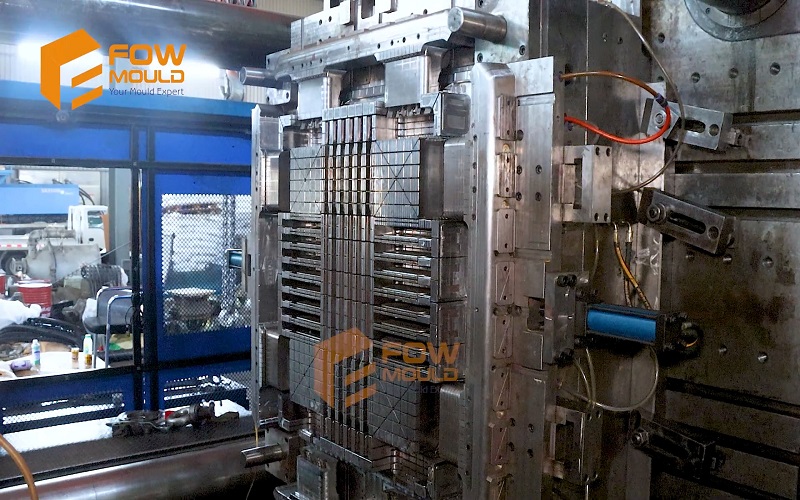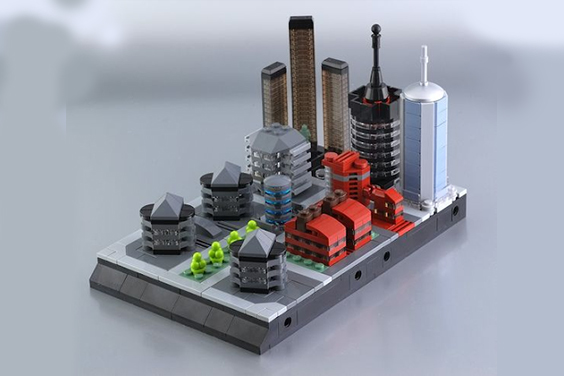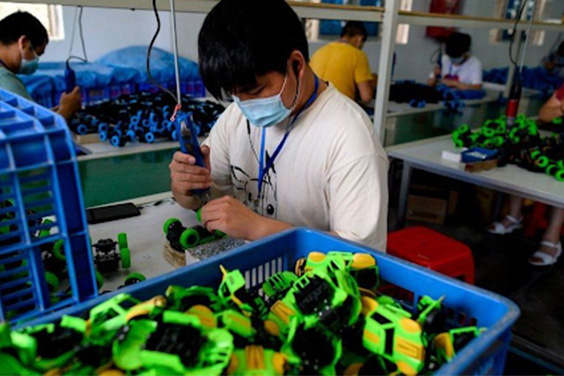
How Much Does CNC Machining Cost
- Home
- > Blog
Everybody is switching to automation in the manufacturing world, and at the center of this transition, CNC machining for mold making is popping up a lot. This is not an accident. CNC machining is a process that has been years in the making, transforming through the years from the rudimentary forms of the ’50s to the more refined and advanced forms of the modern world. But how much does it cost to go with CNC machining? What does the initial setup cost? What are the long-term running expenses in terms of maintenance and repairs? These are the questions we are about to answer as we explore the true cost of CNC machining today.
Table of Contents
Factors to Consider When Buying a CNC Machine
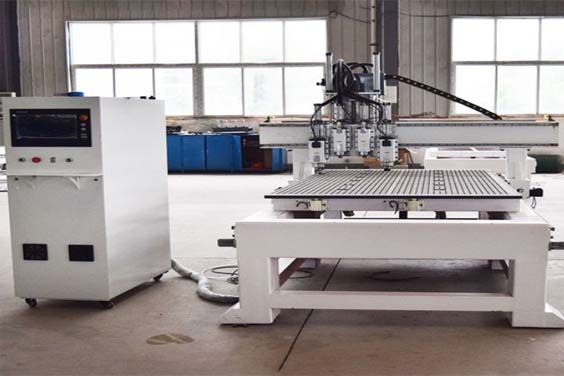
Source: Pinterest
Before looking at the true cost of CNC machining, we have to look at the factors that one has to pay attention to before committing their money to getting a CNC machine for their manufacturing plans: these factors include the following.
Purpose: There are many types of CNC machines, and each is designed to handle a specific function. The first step towards buying one is first determining the purpose you want the machines to serve. What kind of products you want to manufacture? Auto molds, bucket mould, or furniture molding? This way, you can know the exact one to go for as they are not the same and each comes with its price and addon expenses. Figure out the purpose, then set the budget.
Price: You can only get what you can afford, and if the CNC machine you want is beyond your affordable range, then there’s very little that you can do to change that situation. Consider the funds you have set aside for undertaking something as big as this and use that to get machines that will not throw you into debt.
Productivity: How fast do you want the machine to be? How many tasks do you need handles at the same time? These are some of the questions that should guide you in your search for the right machine. The more productive and faster a CNC machine is, the higher the cost will be and vice versa. Going for the faster and costlier one is a better financial decision as the returns will be bigger.
Machine Tolerance: Advanced as they may be, they are still machines, and they eventually suffer when pushed to the limit. You have to consider the tolerance of the machine in question before making a purchase. A machine with low tolerance will be a bad buy as you will spend most of the time repairing it, and this will disrupt production while eating into the little that you make when they are running.
Power Consumption: Like every automated machine, CNC machining consumes a lot of power, but that depends on the size and the level of optimization. There are no avoiding high electricity bills, but you can help reduce that by going for well optimized CNC machining. This will save you some significant amount of money in the long run, money that can then be reinvested in something else.
Space Available: CNC machines vary in size; some are big, and others are small, but what is common among them all is that they all require ample space for operations. Each machine requires room for movement, and this will force you to set them up in a huge space, which means higher rental fees.
Cooling System: CNC machining requires a lot of add-ons for it to be efficient. One of the biggest drawbacks to using these machines lies in their utilization of spindles which end up producing a lot of heat. Without a cooling system, this could wreck the machine and even blow up the entire factory if caution is not observed. The cost of setting up a reliable cooling system is another matter altogether an essential investment without which not much can be done.
Transport: The machines have to be transported from where they are assembled all the way to the factory; this will require an extraordinary mode of transportation that can handle heavy machinery without causing any accidents or damages on the way. If the seller doesn’t provide the transport, then you will be forced to hire another third party to handle that for you and that requires more money.
The Cost of CNC Machining

Source: Pixabay
When it comes down to the true cost of setting up the machining process, there are 4 specific factors involved besides the general ones mentioned above. These factors play a major role in setting the cost that you will have to settle for successfully using CNC machining.
The first factor is the specific costs of the order involved. This includes the cost of product design and mould design, and the equipment used for designing. The more complex the design, the higher the cost and vice versa. The same applies to the volume of the order. The bigger the size and the number of the products meant for production, the higher the cost.
The type of machining also plays a major role in some ways. The number of axles, for instance, add to the cost of running the process. Simple machines that have 3-axis will cost much less to set up, run and maintain compared to those that have more axles. The average cost of running a 3-axis CNC machine, for example, is about $40 for a single run. Machines with a higher number of axles start from $75 per hour and can go as high as $120.
The cost of raw materials also determines the eventual cost of the entire process. Some widely available materials like plastic which also have a low tolerance for heat, will cost much less than harder and tougher materials like steel or glass. Depending on the materials used, it will cost you about $17 for a block of ABS, $27 for POM, $30 for Nylon, $25 for Aluminum, and $90 for steel.
The last factor you have to keep in mind is the finish that you chose to go with. Each material you use has some specific finish components that can be used, and they vary in price. You could go with a glossy finish, matte, paint, laser engraving, tomography, or just the regular soft-touch.
Other notable aspects you have to pay attention to include the cost of labor since some of the processes will require an operator to run them. At the same time, you have to think of the repairs and maintenance; all of them cost money in terms of getting new spare parts and paying for the skilled technicians to get the job done.
You also have to have a contingency fund for sudden emergencies that are unpredictable. The problem with automated processes like CNC machining is that production can be halted over minor issues. The machines may have high tolerances, but once they are broken, everything else comes to a complete standstill. Without a contingency fund to get things running again, you may find yourself behind on the production schedule that translates to a lot of angry customers.
Conclusion
For most small manufacturing companies, embracing CNC machining can be a tall order as it requires significant investments that could easily bankrupt anyone. However, it can be done in phases little by little until the entire complex is automated. This could take time, but it is worth the shot. The future of mold manufacturing is going to have a lot to do with CNC machining, and the companies that are way ahead of the rest right now have already taken a step towards being part of that. For more information on CNC machining, check out our website and have all your questions answered by our team of experts.

